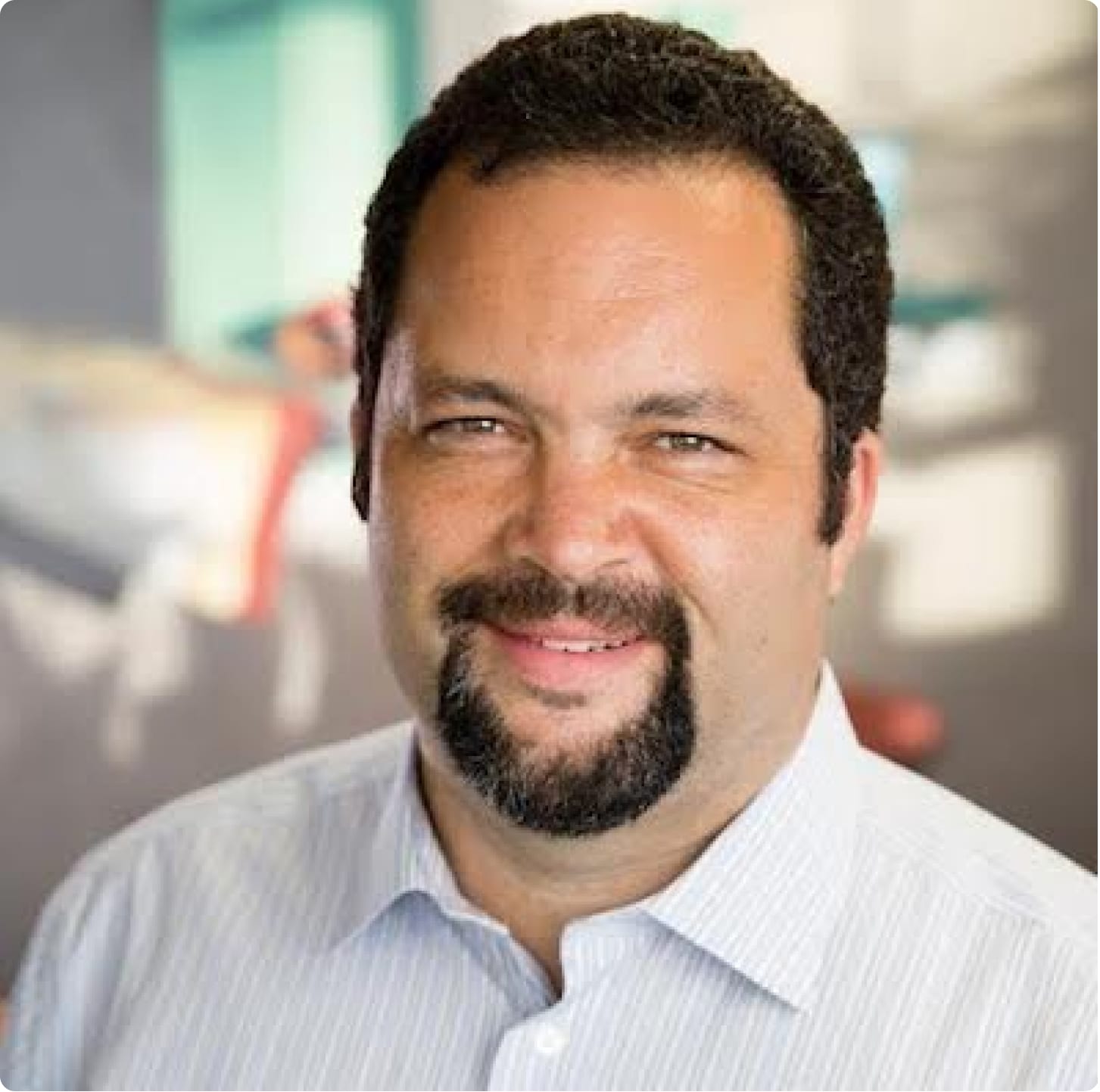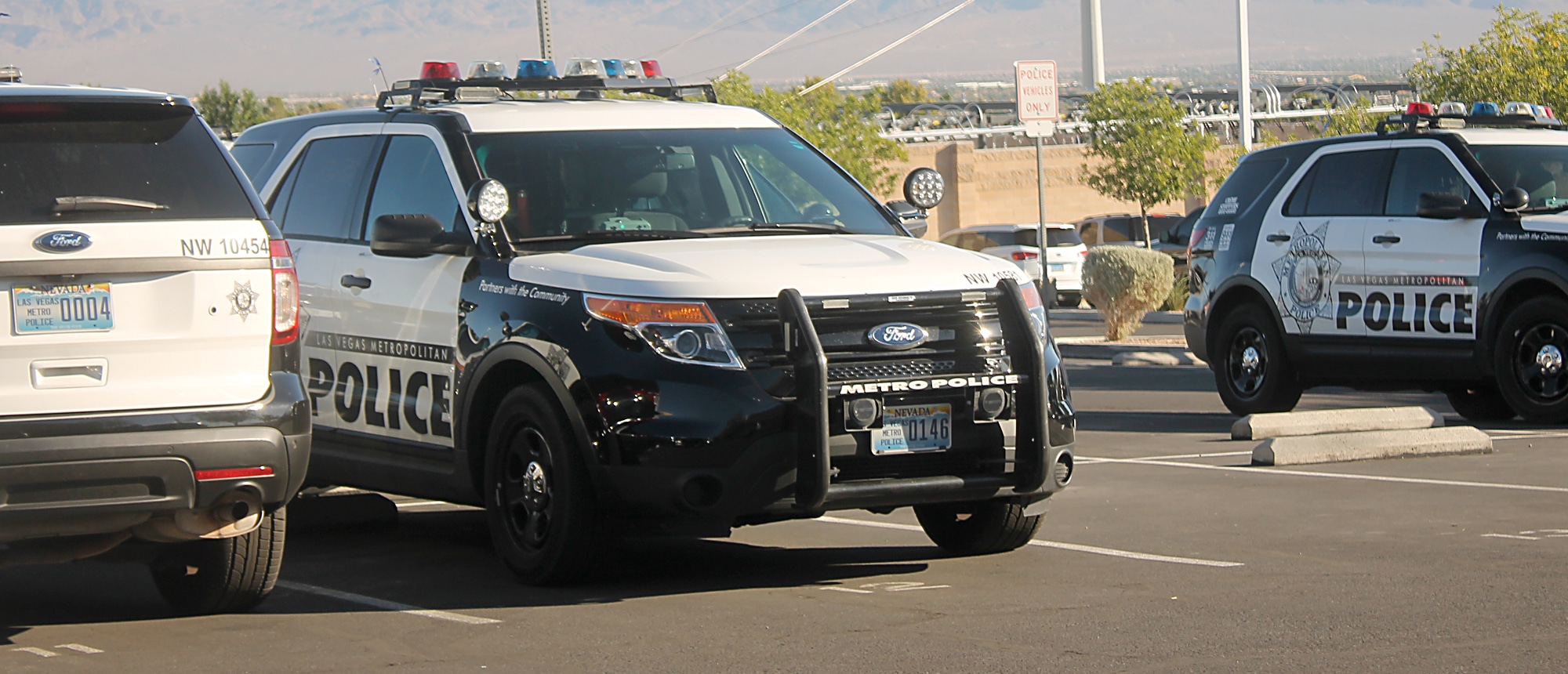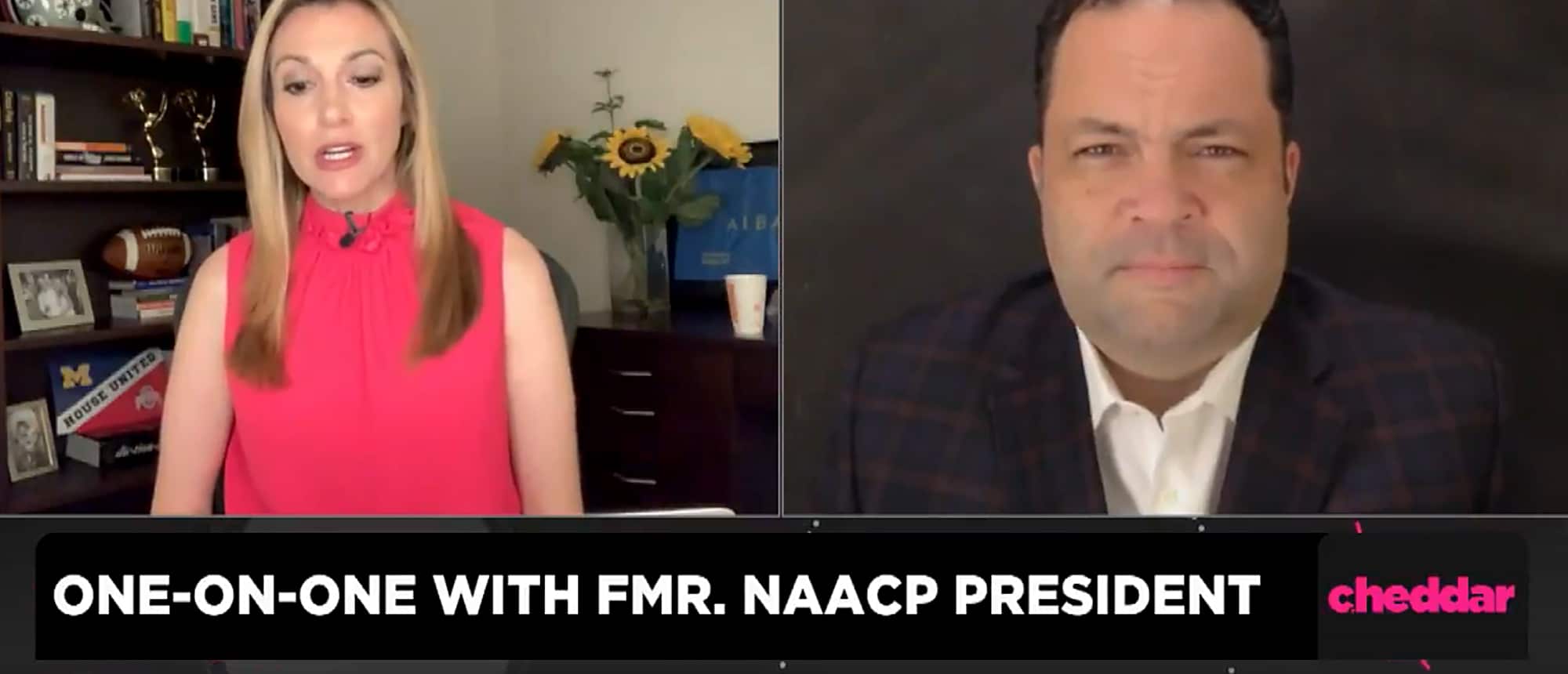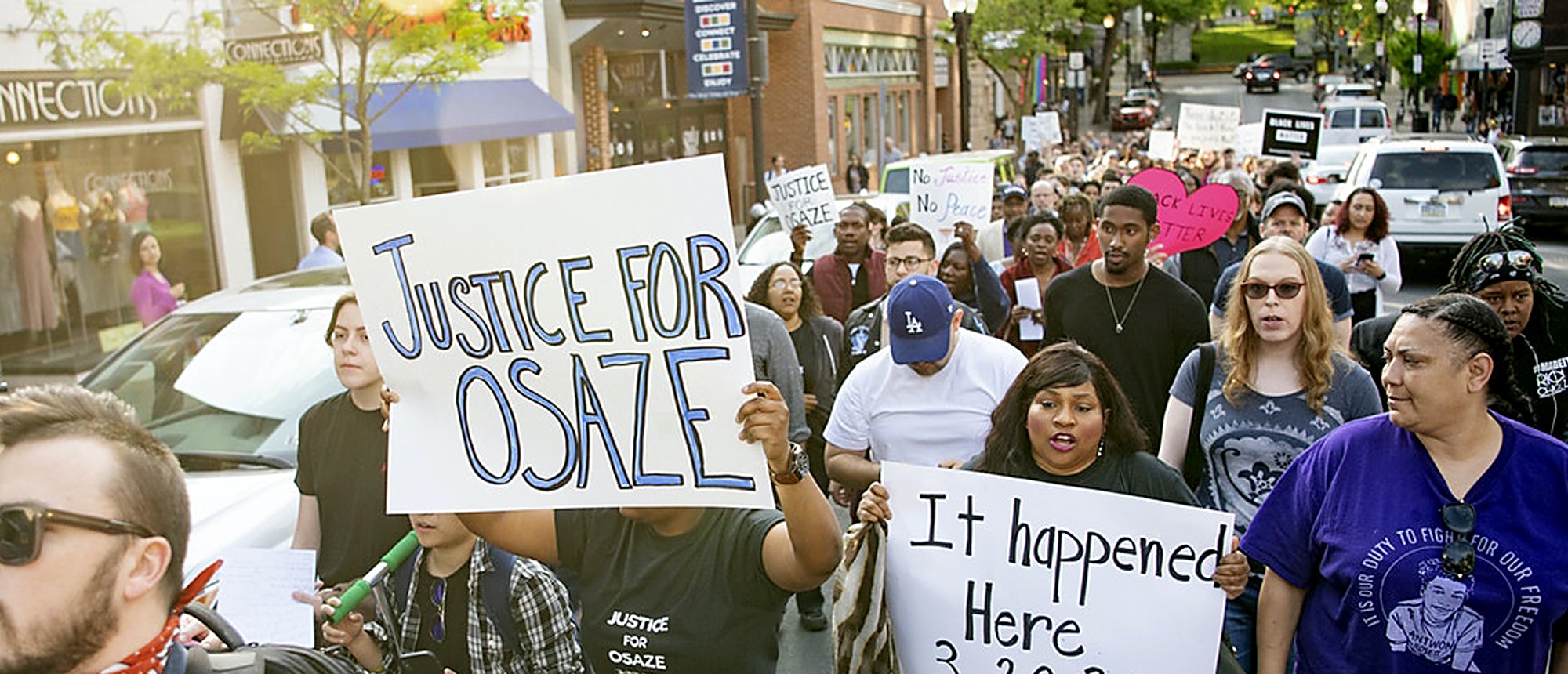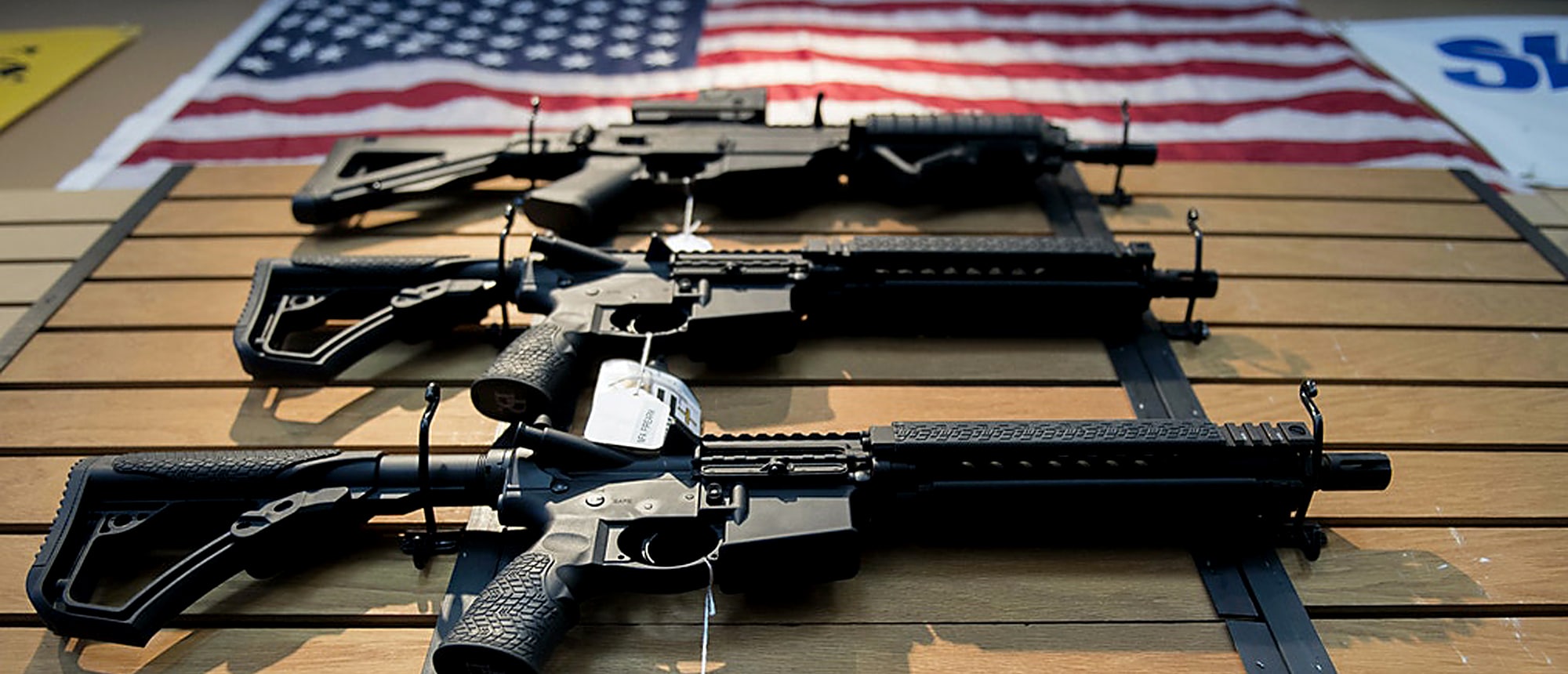Policing Changes When States And Cities Take The Lead
In his first address to a joint session of Congress, President Biden spoke forcefully about the need to fight police violence and systemic racism in policing. His call to pass legislation was welcome, but a top-down approach led by the federal government is far from enough to solve this problem.
We need a complementary bottom-up effort to reimagine public safety in this country.
In recent weeks, the state legislature repealed the state’s odious, 47-year-old Police Bill of Rights. That policy was essentially a get-out-of-jail-free card for abusive officers; it strictly limited the conditions under which officers could be held accountable for harming people and the ways in which they could be disciplined. The state also limited no-knock warrants of the kind that led to the death of Breonna Taylor.
The fact that these steps took place only by overriding the veto of Gov. Larry Hogan is disgraceful. Fortunately, a responsible legislature took the necessary action to address police violence and make Marylanders safer. Other states and localities can and should do the same.
I look at Ithaca, N.Y., a college town where a young Black mayor is leading a transformation of public safety. Mayor Svante Myrick and the city council just approved a plan to replace Ithaca’s traditional police force with a Department of Community Solutions and Public Safety. That department will include both armed officers and unarmed social workers and will be led by a civilian supervisor.
Instead of deploying an armed response to every emergency, Ithaca will be able to send unarmed personnel to de-escalate crises where weapons would only make matters worse: crises of mental health, or substance abuse, or homelessness. The new department will work to build trust with communities of color, homeless residents, LGBTQ residents and residents with disabilities. Lives will be saved.
Here in Maryland, Baltimore should soon have the opportunity to retake control of its police department from the state. This can pave the way for the city – under the leadership of another great young mayor, Brandon Scott — to seize the chance to reimagine its own approach to policing, which has a tragic history.
Baltimore also happens to be one of the 25 metro areas in the United States in which more than half of Black Americans live. As we think of a bottom-up approach to changing public safety, think of this: if we just start with those 25 metro areas, we can make huge strides in saving the lives of Black people in our country.
This is a big goal, but it is one we are empowered to reach. We don’t have to wait for the federal government to act. State, county and city lawmakers are more accessible to us and are charged with being responsive to us.
Now is the time to make our voices heard, to train eyes and ears on how police officers are behaving in our communities and make our case for change.
If there are police officers in schools, what are they doing there? Are there unarmed peacekeepers available to respond to non-criminal emergencies in the community? Are there outdated laws in place that criminalize minor offenses like loitering and littering? As community activists, we have both the power and the responsibility to get answers and demand change, with courage and with love.
Right after Derek Chauvin’s conviction for George Floyd’s murder, a journalist asked me if things would really be different now or if we would still have to suffer through violence at the hands of police. My answer was simple: both. We are a long way from our ideal of equal justice under law for all Americans.
But there is more energy, more will to make changes in public safety now than at any time in memory. It is palpable and real. We can be proud of the progress Maryland is making and we can dedicate ourselves to making more. Let’s start now.
